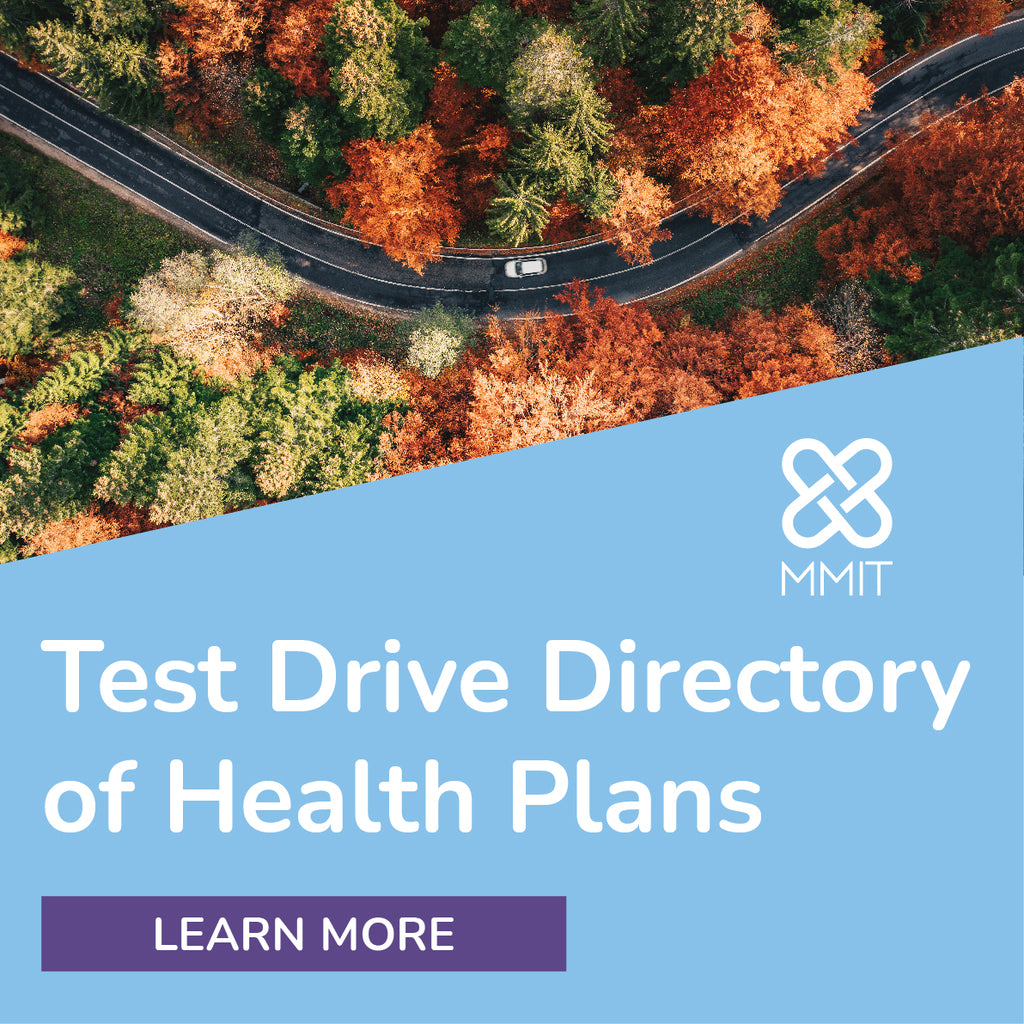Radar on Drug Benefits
-
News Briefs: Covis Pharma to Pull Makena
Covis Pharma Group said on March 7 that it will voluntarily stop selling Makena (hydroxyprogesterone caproate), a drug that aims to reduce preterm births and that has become a flashpoint in the debate over the FDA’s accelerated approval pathway. Makena was granted accelerated approval in 2011, but subsequent clinical trials failed to demonstrate its effectiveness, leading FDA advisers last fall to recommend withdrawing the drug from the market. “While we stand by Makena’s favorable benefit-risk profile, including its efficacy in women at highest risk of preterm birth, we are seeking to voluntarily withdraw the product and work with the FDA to effectuate an orderly wind-down,” Covis Chief Innovation Officer Raghav Chari, Ph.D., said in a statement. The move comes ahead of an anticipated final decision on Makena’s status by FDA Commissioner Robert Califf and Chief Scientist Namandjé Bumpus.
-
Senate Hearing Continues Government Focus on PBM Industry
During a recent hearing held by a U.S. Senate committee, a variety of witnesses took the stand who nearly all had one message in common: criticizing the role PBMs play in increasing medication costs for consumers. The hearing — which is just the latest indication lawmakers are more closely monitoring PBMs — occurred less than three weeks after Sens. Chuck Grassley (R-Iowa) and Maria Cantwell (D-Wash.) introduced the Pharmacy Benefit Manager Transparency Act of 2023 to the Senate floor.
Ryan Urgo, managing director of health policy at Avalere Health, tells AIS Health that the hearing and bill are part of “a broader effort by lawmakers right now to apply more scrutiny to the PBM business model and certain PBM business practices that lawmakers feel are either anticompetitive or contribute to the broader growth of drug prices.”

-
HHS Floats Trio of Drug Pricing Models, Some More Ambitious Than Others
In response to an executive order issued last fall, HHS recently unveiled three new prescription drug pricing models that it wants the CMS Innovation Center to test. The models — which target low-cost generics, cell and gene therapies and drugs that received accelerated approval — are likely to diverge considerably when it comes to industry reception and likelihood of speedy implementation, experts say.
“One of the things I really like about the three models that have been proposed is that they touch on really different aspects of affordability and access, and different programs that CMS oversees,” says Stacie Dusetzina, Ph.D., a health policy professor at the Vanderbilt University School of Medicine. “So it was encouraging to me to see, for example, a model that was focused on gene and cell therapies and Medicaid programs, in addition to two very different groups within the Medicare programs: one being high-cost drugs approved through accelerated approval, and the other being drugs that we typically think of as being low-cost, but that maybe we could be...making more affordable to seniors — including high-value generic drugs offered on Part D.”

-
UnitedHealth, Cigna, CVS Tout Strong Selling Seasons for PBM Segments
During their recent fourth-quarter and full-year 2022 earnings calls, the companies that own the country’s largest PBMs all said they expect that part of their business to gain momentum this year thanks to successful selling seasons in which their increasingly diversified offerings resonated with clients.
In 2022, “Optum Rx revenues grew 9%, approaching $100 billion for the year, driven by continued strong sales and the expansion of our pharmacy services businesses,” UnitedHealth Group Executive Vice President and Chief Financial Officer John Rex said during the company’s Jan. 13 conference call to discuss financial results. “Both customer retention and new customer wins were among the highest Optum Rx has ever delivered, laying a strong foundation for continued market-leading growth,” he added.

-
CMS Leaves Important Questions Unanswered in Inflation Rebate Guidance
The Biden administration on Feb. 9 released the first round of guidance regarding the Medicare prescription drug inflation rebate program that’s included in the Inflation Reduction Act (IRA), which requires drugmakers to pay rebates to Medicare if they raise the price of drugs faster than the rate of inflation. One expert tells AIS Health, a division of MMIT, that the rebates should have minimal effects, if any, on premiums for Medicare Advantage (MA) plans with prescription drug coverage and stand-alone Prescription Drug Plans (PDPs), given the information that is currently available — although she observes that drugmakers may try to recoup their losses through more aggressive commercial plan rebate strategies.
The rebate program has already begun to phase in: Medicare prescription drug transactions starting in October 2022 are subject to rebates for both Part B and Part D drugs. However, CMS has yet to produce the regulations that will govern the rebate process.












